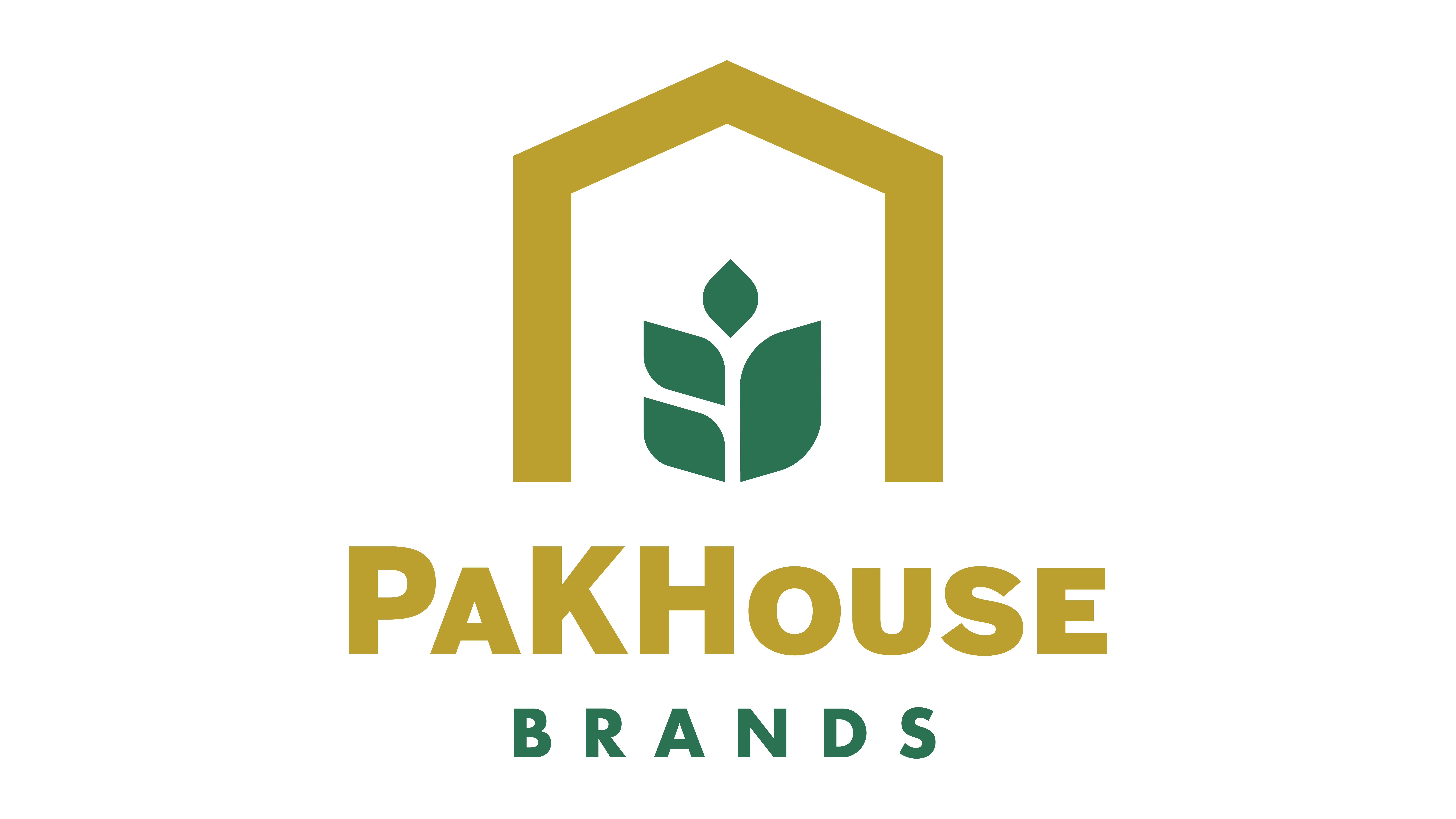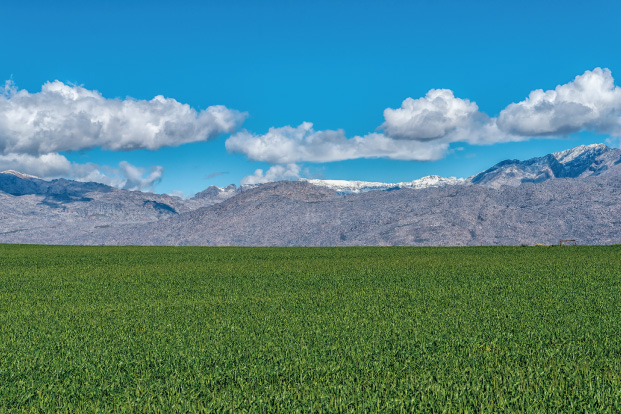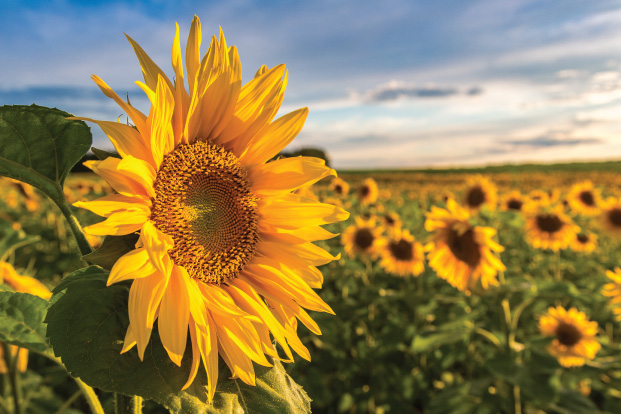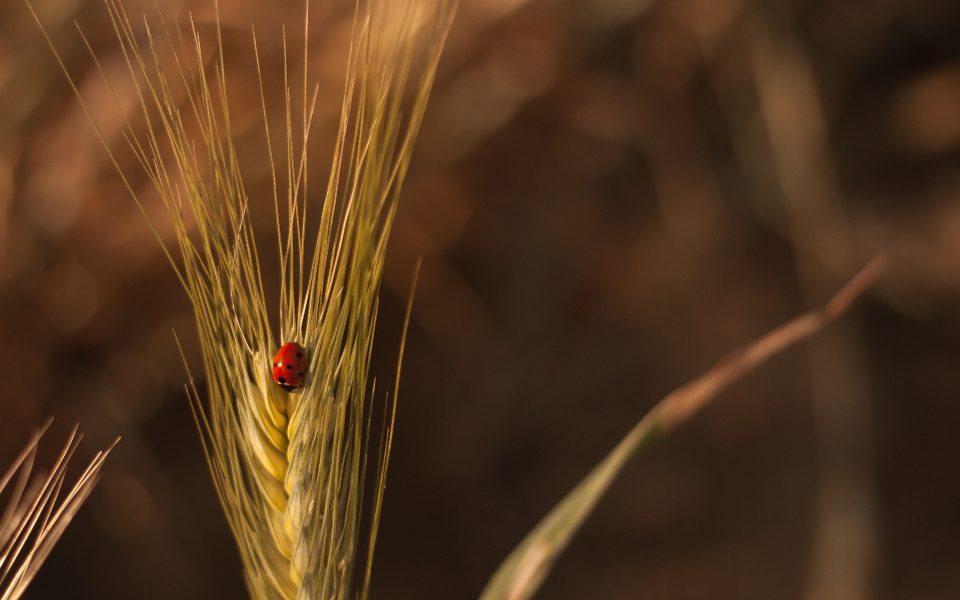Overview of Table Grape Season 2018

Pursuing soil health precisely
July 31, 2018
How Free State maize farmer survived the drought
August 7, 2018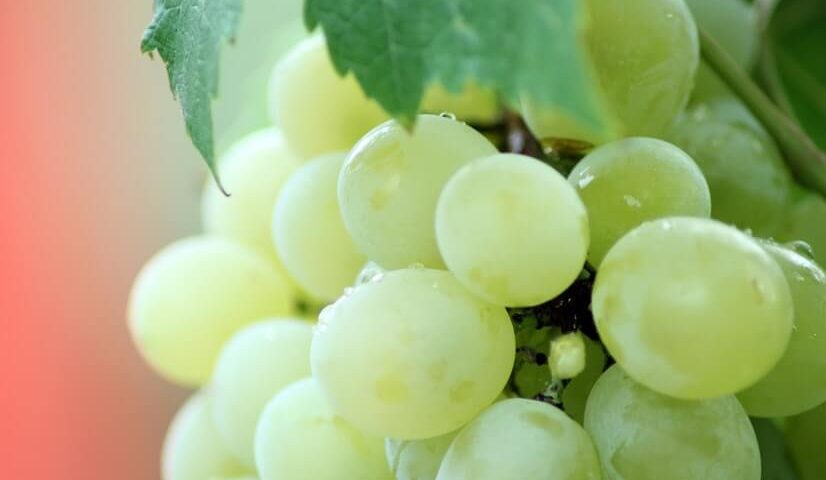
The South African Table Grape Industry (SATI) recently released figures for the 2017/2018 grape harvest in their trade newsletter. According to the data, a total of 44 826 952 cartons (4.5kg) of grapes were harvested in the major table grape producing areas (Northern Provinces, Orange River, Olifants River, Berg River and Hex River) during week 6. White seedless grapes (40%) and red seedless grapes (37%) made up the bulk of the harvest. A total of 40 604 765 was exported during week 7 with the European Union (53%) and United Kingdom (24%) importing the majority of the table grapes.
Regional overview
The SATI Trade Newsletter also provides information about the harvesting progress in the major grape producing areas. See this information below:
Northern Provinces and Orange River
These two early regions have completed packing for the season. The Northern Provinces ended the season with its biggest crop on record.
Although the Orange River’s figures are less than the initial crop estimate, due to some difficulties during the harvest, it still reached the second biggest crop on record. Both these regions have sufficient water as summer rainfall areas and remain unaffected by the drought in the rest of the country.
Olifants River
Nearly all the producers in Vredendal are done packing with the rest of the region expected to complete packing during this week (week 8). It is expected that this region will finish within the range set during the 4th crop estimate.
Berg River
This region is expected to pack for another full week (week 9) whereafter it will slow down, depending on the amount of available water. Producers are confident that they will reach the lower limit of the 4th crop estimate.
Hex River
While packing is continuing briskly, Crimson might finish earlier this season with lower volumes due to the drought. The amount of available water is still a major challenge. Despite these difficult circumstances, harvesting in this region is encouraging and progressing well.
Sourced: klk
